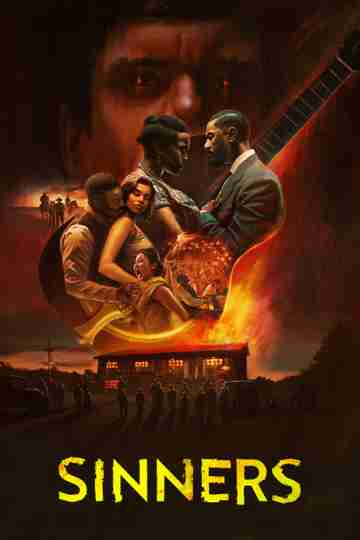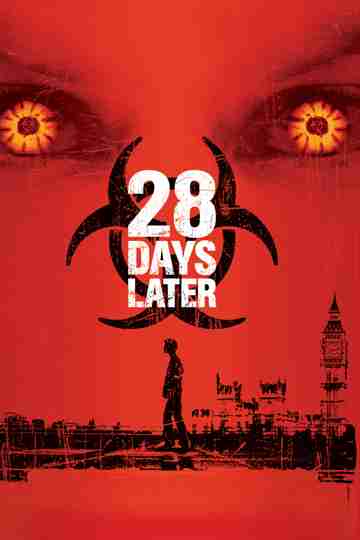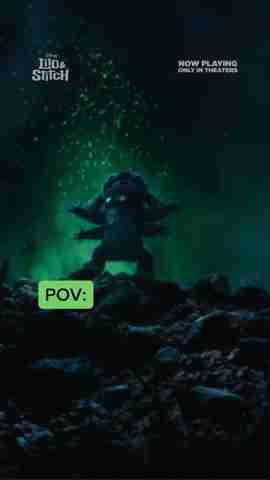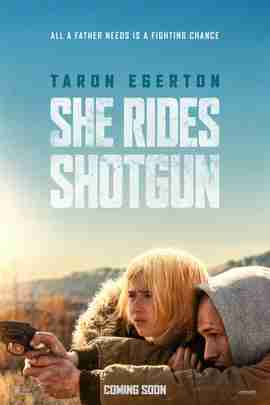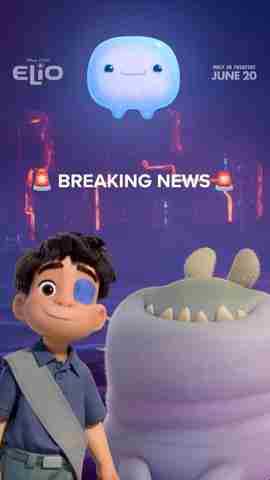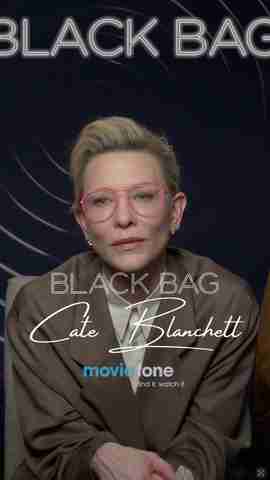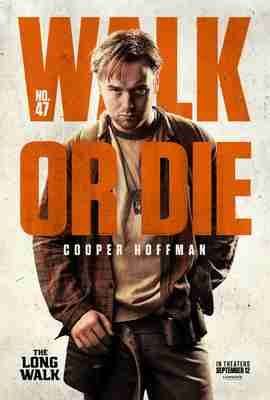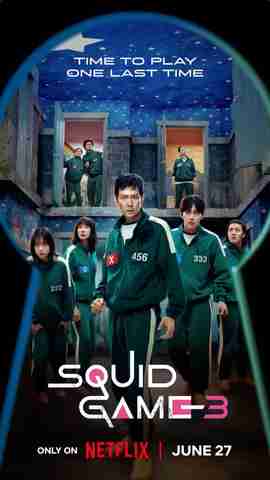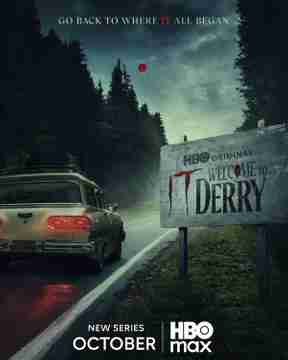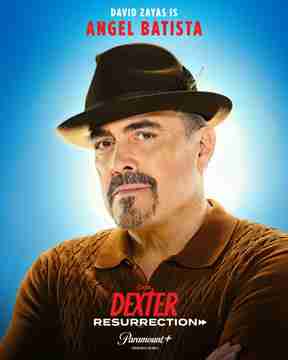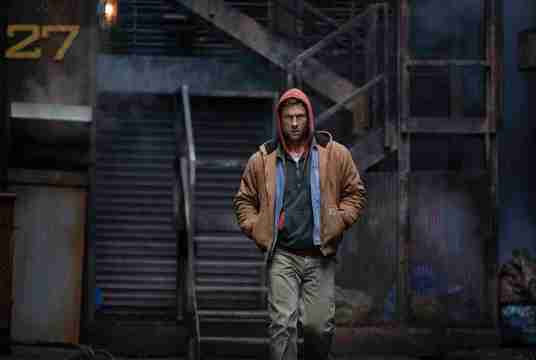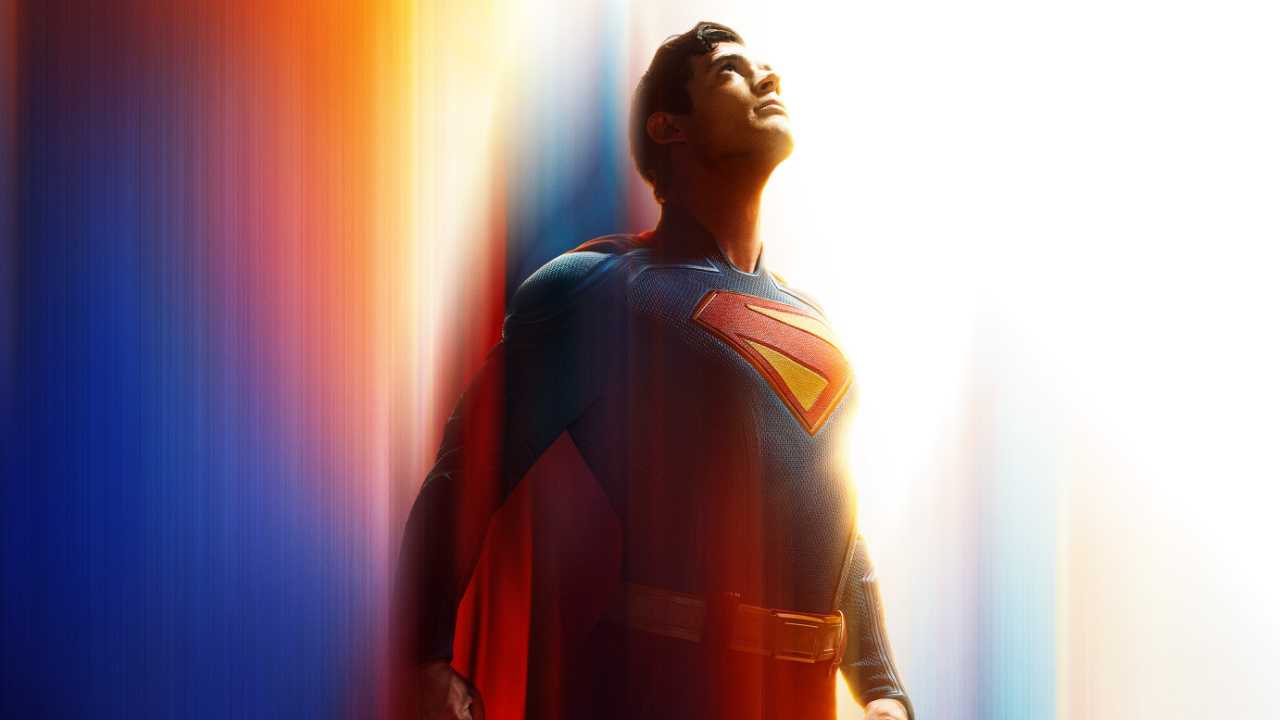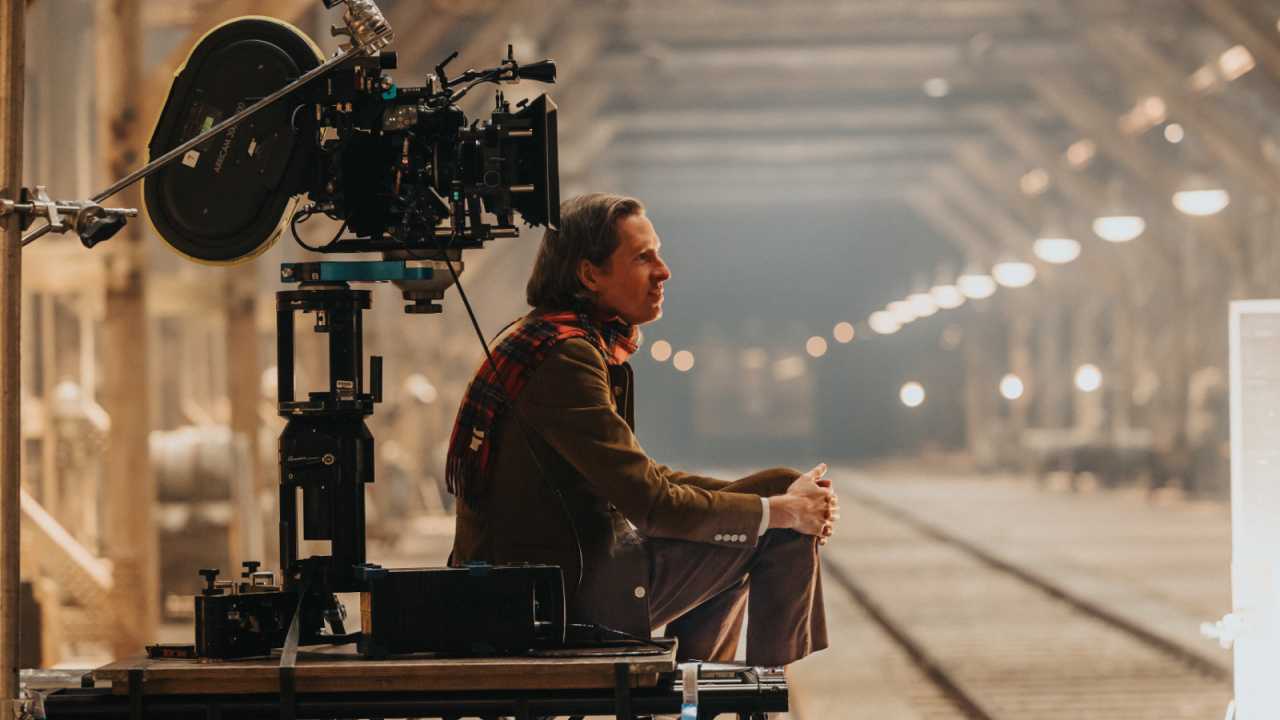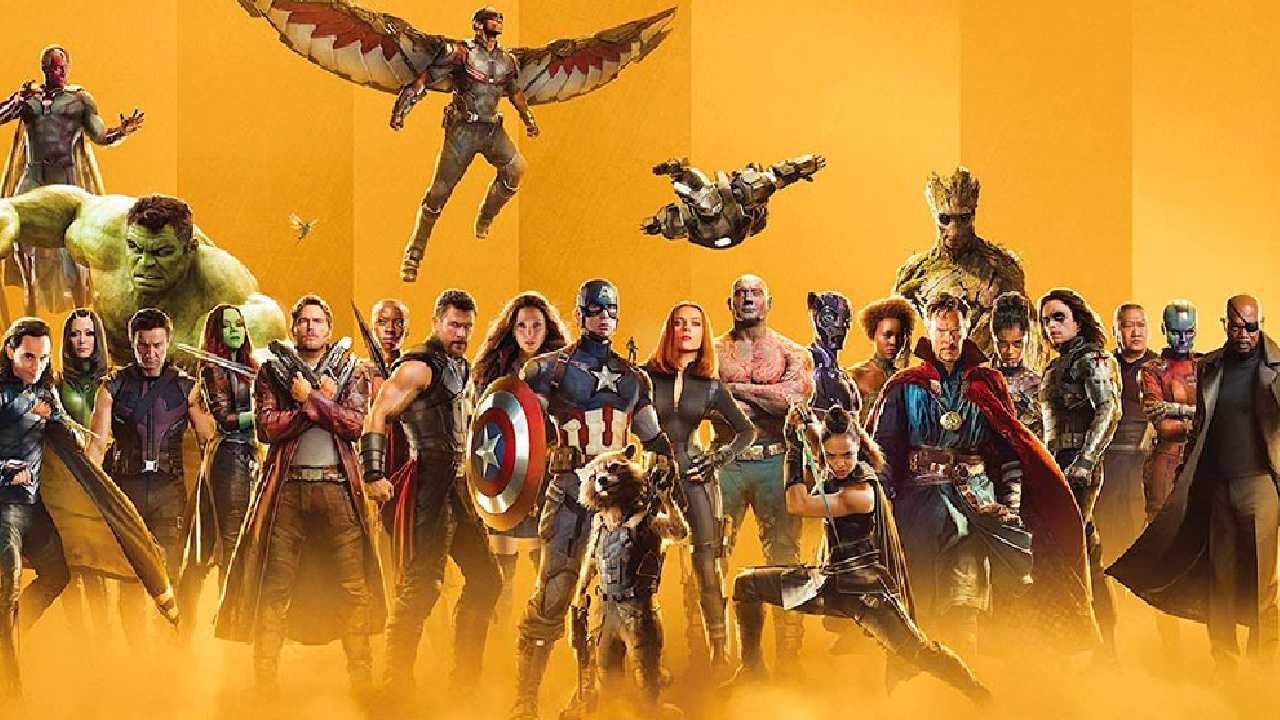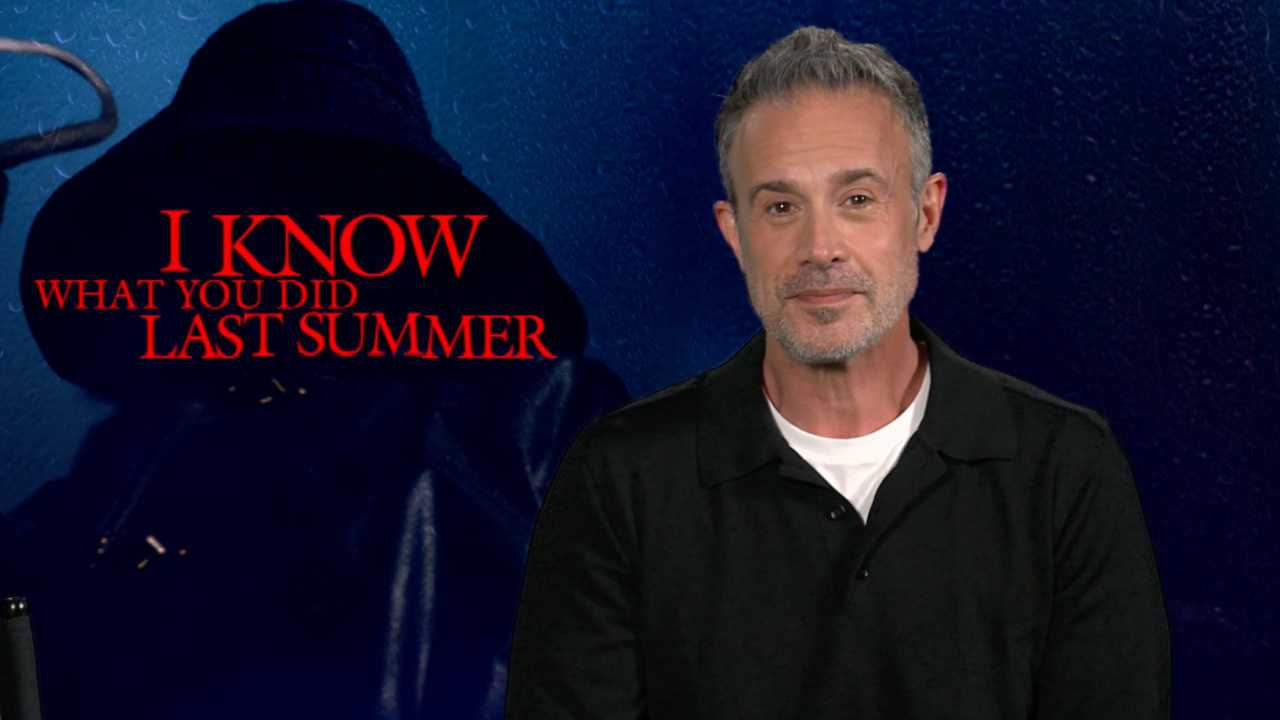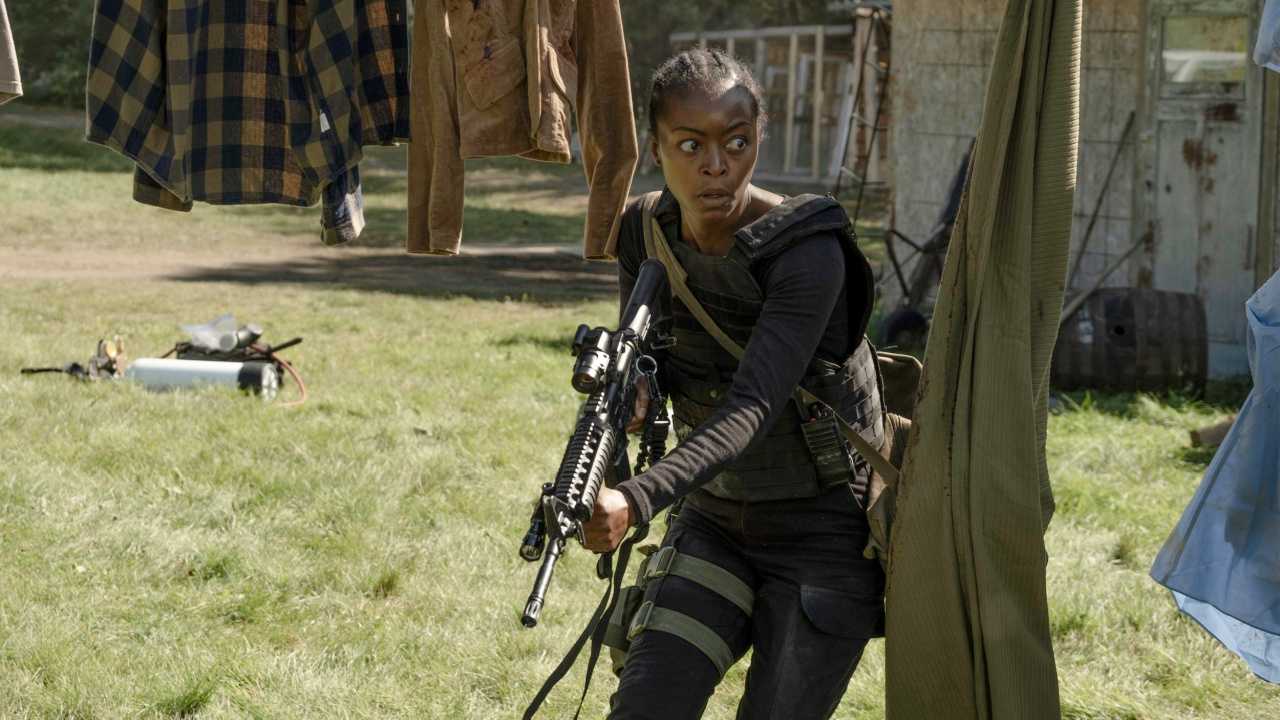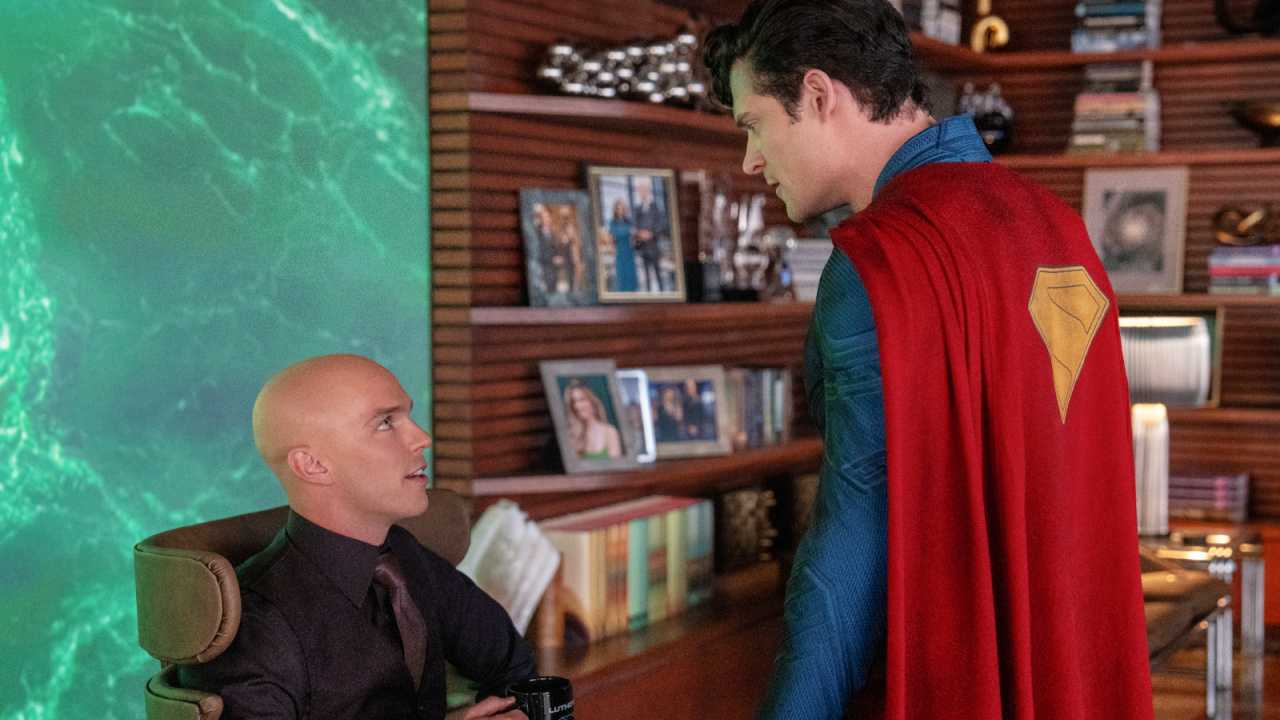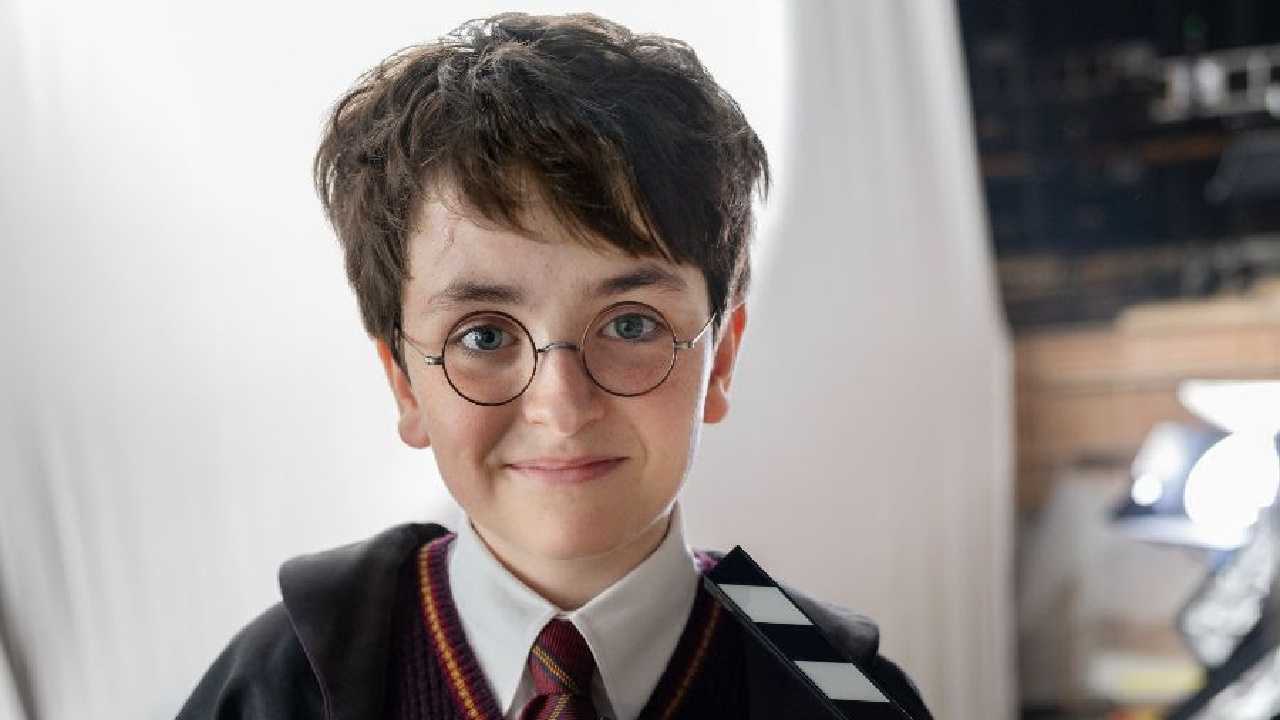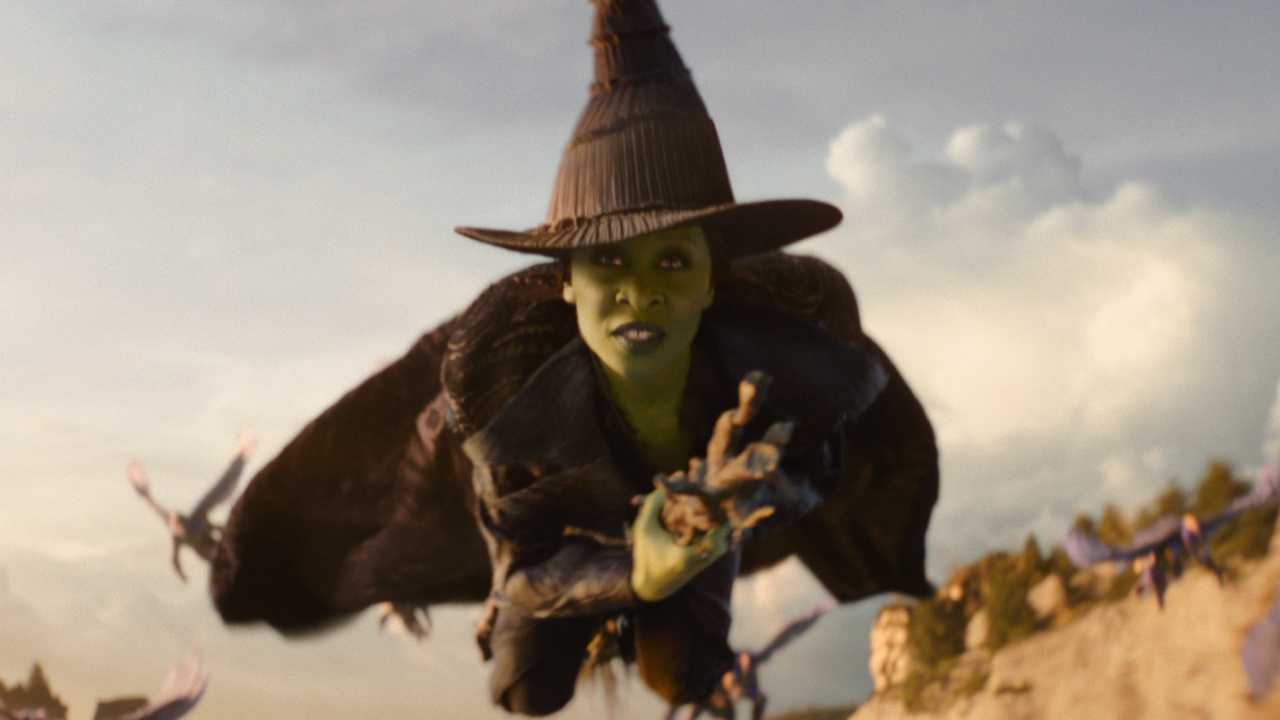How 'Spider-Man: Into the Spider-Verse' Was Wrestled Into Existence
Watching "Spider-Man: Into the Spider-Verse" (or, hell, even watching the trailer for "Spider-Man: Into the Spider-Verse"), it's clear that it took a colossal effort to bring to the big screen.
Quite simply, it's unlike anything you've ever seen before -- a living comic book brought to life with all of the medium's visual hallmarks ("emanata," thought bubbles, and the like) as well as its emotional ones (easily established familial dynamics, soap opera-like plot twists). When comic books are translated to animation, they usually just feel like illustrations that move, but "Spider-Man: Into the Spider-Verse" transports you into a living comic book, in ways that were previously never possible.
Much of this fell on the shoulders of the movie's three visionary directors: Bob Perscichetti (a longtime animator, who began animating in 2D during the Disney Renaissance and more recently served as head of story on films like "Puss in Boots" and "The Little Prince"), Peter Ramsey (a veteran storyboard artist and director of the criminally underrated "Rise of the Guardians"), and Rodney Rothman (whose background in comedy makes him ideally suited for the tonal tightrope of this film). They oversaw the project that was conceived by Phil Lord and Chris Miller back in 2014. (The project was first leaked during Sony's infamous email hack and formally announced in 2015.) It says something about the size and scope of the production that it required three filmmakers to wrangle it.
Rothman describes the three of them directing together as a "relatively organic" process, with the directors splitting up duties for the day ("Peter might be in a record with an actor, Bob might be in animation") that centralized in the edit bay. That's where all three filmmakers could review footage and see how the movie was progressing. Bob described it as "base camp." "We all have areas of expertise, but the overlap in between all those areas is where the movie came together," Ramsey explained.
Not that this was an easy movie to put together. Perscichetti said that it took a year-and-a-half to get "a couple seconds of the movie made." He went on: "We were like, "Okay! That's what it should look like! Now, we've got another year-and-a-half to make the other 116 minutes! Let's go!'"
Even amongst the team, it wasn't clear how they were going to pull off the movie's living comic book aesthetic. "It was floating around up there, but none of us could put our hands on it," Ramsey said. "I remember thinking: 'F**k, how is that going to work? How are they technically going to do that without making it look like the A-Ha video?' And they started working on it bit by bit. That first year... the pieces started clicking into place."
And click into place, it did. The production started out with 60 animators, but by August 2018, the number had grown to 142 animators. This was the largest animation crew Sony Pictures Imageworks had ever assembled for a film, and what makes this accomplishment even more impressive is that the studio released two other animated movies this year alone ("Hotel Transylvania 3: Summer Vacation" and for Warner Bros, "Smallfoot"). During the production period, they had released four other animated features for themselves and other studios. (In their capacity as a visual effects house, they'd also contributed to "Spider-Man: Homecoming.")
Fine-tuning that animation took finesse and a set of established guidelines. As Perscichetti explained, "There was a ramp to it. You start the movie and you're with an existing Spider-Man, and then you have everything that comes with that in that opening sequence. And then you meet Miles and all that stuff disappears. And then you slowly ramp back into it."
As for all of those visual flourishes, Ramsey said: "There was a lot of experimentation as to how much and where." Persichetti also revealed that, as an exercise late in the game, they said, "Let's just throw in anything [that's] visually different." This applied to any kind of crazy embellishments or embroidery -- text on screen, explosions, pretty much anything. The experience, he said, was, "Whoa, too much." They started pulling things out.
And key to how they were whittling down the visuals, and where, was the experience of the movie's central Spider-Man, Miles Morales (voiced brilliantly by Shameik Moore). "Whatever bells and whistles and tools were developed for this movie should be in service of the audience getting engaged in something and feeling something. So we did have to be careful," Rothman explained. He cited a scene where Miles is walking down the hallway and word boxes appear, expressing his innermost thoughts. The boxes were "choreographed," moving both in space and in relation to Miles. "It's more of an emotional state than to be text on screen or a legible way to understand Miles' thoughts. It's more how those thought bubbles move than what they say," Rothman said (this is his first animated project). "That was a new idea to me that I got really jazzed on."
Later on, Rothman elaborated on his philosophy when it came to the stylization (and how it connected to Miles): "That's why certain ideas stuck in this movie, like using color separation or Ben-Day dots as part of the visual language -- or using different characters who appear to be from different artists in the same shot or making Miles an artist who is looking for a way to express himself. All of these things ended up sticking to the movie because they connected to a core idea at the center of it."
Of course, with a name like "Into the Spider-Verse," the movie was also going to be supplying Miles with backup in the form of a cadre of other Spider-folk from alternate dimensions, including Spider-Gwen (Hailee Steinfeld), a schlubby, sweatpants-wearing Peter Parker (Jake Johnson), a black-and-white Spider-Man Noir (Nicolas Cage), Peni Parker (Kimiko Glenn) and her giant robot, and Spider-Ham (John Mulaney). Now, having all these characters together is one thing, but each of them is animated in a completely different style. Peter Parker and Gwen are more of Miles' world, but Spider-Man Noir is stylized and black-and-white, Peni is pure anime, and Spider-Ham resembles classic 2D animation from the heyday of Warner Bros. or Disney.
Somewhat surprisingly, Perscichetti said that, "Every Spidey that showed up was in the first treatment three years ago. Even then, it wasn't like 'oh, he's in here because he's black and white and he's in here to do fluid animation with squash-and-stretch,' it was just diversity and it was what they brought to Miles, how they helped Miles become Spider-Man." Of course, once they got the characters together, the possibilities opened up.
Perscichetti continued: "Once we started to see the potential with what we could do visually with Noir and Peni and the pig, it was like, 'Oh my god.'" Audiences will have the same reaction, of course. When we saw the movie, there was a long car-ride-home-length discussion about which Spidey was our favorite. It's that kind of movie.
Beyond the distinguishing characteristics of the visuals, the tone of the movie sets it apart, offering up a more mature, nuanced narrative than most western animated films, which often rely on sight gags, immature humor, and Broadway-style musical numbers. Ramsey admits that they were trying to go for a more "operatic" feeling than you would normally get while reading the comics, with their heightened emotionality and subversive plot twists. Doing that in western animation was really the breakthrough since, Ramsey admits, "anime does it all the time." Rothman added: "Phil Lord and Chris Miller had a fundamental guideline that was drilled into everybody's head, which was, 'Can you go further?' That was the approach."
This kind of wild experimentation in tone and form, by the way, wasn't simply confined to the animators. I spoke with the film's composer, Daniel Pemberton, who admitted that he "didn't want to do superhero movies because they're all kind of the same and musically quite boring." Then they showed him footage and his response was, "Holy crap."
Taking his cue from Miles' love of hip hop and street art, Pemberton came up with an idea: "We talked early on about recording the score with an orchestra and then re-scratch it back in as part of the score. So we ended up doing that. It was horribly complicated but I would write and score something with an orchestra, mix it, and then put it on vinyl and then I got a scratch DJ to re-scratch it in. I'd never seen anyone do anything like it."
It seems like the kind of experimentation has paid off, in ways they couldn't have possibly expected. Perscichetti explained that "Spider-Man: Into the Spider-Verse" served as something of a "Trojan Horse of how can we get super creative in this studio and define it as not having one house style but instead has a house philosophy." He went on: "So there can be diversity in looks and storytelling." Considering the studio has, amongst other things in the pipeline, an R-rated comedy, a mature action movie, and a sequel to "The Angry Birds Movie," this new philosophical approach checks out.
And with Sony quietly plotting the future of the Spider-Verse, with a sequel to Miles Morales' story as well as a spin-off focused on the female Spider-folk (including, potentially, Gwen Stacy), I wondered if these three would be back, in a supervisory capacity or otherwise. While Perscichetti brushed it off as "a 2019 question" and Ramsey joked that his ideal sequel would be set "on the beach," Rothman answered that "We're super stoked on being able to push things as far as we can. The exciting thing is to wonder, Where else can we push?
Hopefully, the movie does well enough where we can answer that question." Judging by the way audiences are already responding to this film, and Sony's bullish attitude towards the properties, it looks like we'll all be finding out sooner rather than later. THWIP!
"Spider-Man: Into the Spider-Verse" swings into theaters everywhere on December 14th.

Spider-Man: Into the Spider-Verse

